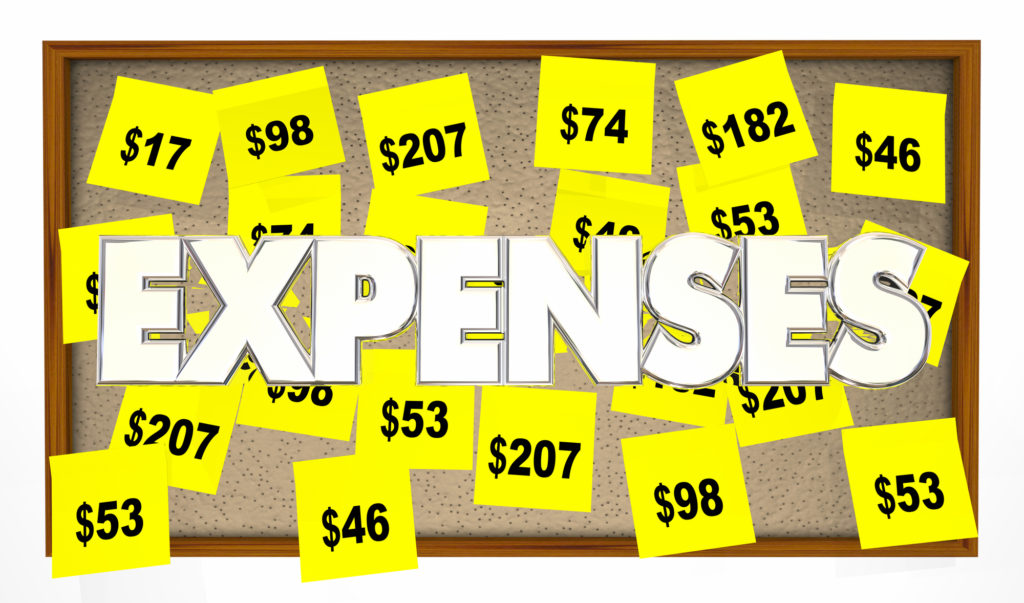 While revenue is picking up for many businesses in 2021, profits won’t grow unless you have business expenses under control. This means knowing where your money is going and dealing wisely with accounts payable—your bills for vendors, contractors, landlords, and others—in a timely and efficient manner.
While revenue is picking up for many businesses in 2021, profits won’t grow unless you have business expenses under control. This means knowing where your money is going and dealing wisely with accounts payable—your bills for vendors, contractors, landlords, and others—in a timely and efficient manner.
Budgeting
Know where your money is going and project your expenses in the near future so you won’t be caught short of cash. In doing this, regularly review your income statement, (also called a Profit and Loss or P&L statement) to track revenue in from the sale of your goods and services and cash flow out for expenses. Looking ahead, monitor trends that may affect your budget:
- Interest rates. If you need to borrow money…beyond the Paycheck Protection Program (PPP) or other government programs that may provide you with funds that don’t have to be repaid…consider what it will cost you. Despite the Federal Reserve expected to keep interest rates low through 2023, commercial lenders and credit cards may hike interest rates. If you have loans outstanding or credit card balances, you may want to apply increased revenue to pay down this debt. Being debt free helps you withstand a future economic turndown or another pandemic-like event.
- Cost of commodities. The price of many raw materials has risen sharply in recent months. For example, the rising cost of lumber has pushed up the price of new construction. Monitor commodities that impact your business so you can adjust your budget accordingly.
- Price of gas at the pump. The price of gasoline for your cars and trucks has climbed in recent months, which costs you more to make deliveries and do other business driving. Again, monitor pump prices so your budget can adjust for higher (or lower) costs.
- Employee costs. In addition to compensation and benefits you provide to employees, don’t overlook all of the added costs you may incur on their behalf. Personal protective equipment (PPE) and other items bumped up costs unexpectedly in 2020. What will the added costs be this year? Consider, for example, the recently enacted American Rescue Plan Act of 2021 allowing employers to increase tax-free dependent care assistance for employees in 2021 to $10,500 (up from $5,000). If you have a dependent care assistance plan and choose to implement the higher limit, a budget adjustment is required.
Payment policies
It’s vital to pay your bills on time so that vendors want to continue working with you. It’s also important to pay on time to maintain a good credit rating, which may translate not only into more business, but also lower interest rates when you need to borrow money.
Pay attention to your payment deadlines. Some payments have a fixed date (e.g., rent may be due the first of the month; a utility bill has its own fixed date). Other payments have specific terms, such as “net 30.” This means payment is due 30 days after the expense has been incurred; you aren’t required to pay before then and aren’t considered to be delinquent (and have the use of your money in the interim) as long as you meet the 30-day deadline. For your independent contractors, requests by them for payment may be net 10 days, 30 days, or on completion of work. It is a good business practice to pay contractors as soon as feasible so that your business gets a reputation as a prompt payor. And paying on time avoids any late-payment penalties that may be imposed.
Adopt best payment practices. Be sure your practices keep tabs on payment deadlines and simplify to the extent possible how you handle your payments. One way to do this is to use a service that automates payments while enabling you to manage your cash flow. Melio offers an easy way to pay any invoice with a bank transfer at no cost to you. The vendor gets paid in the manner the vendor prefers (e.g., a check, direct deposit to the vendor’s bank account). You can set up recurring payments, such as rent, to save you time. What’s more, this payment option integrates with QuickBooks, again saving time for data entry. And you can pay via your credit card for convenience or to finance payments and manage cash flow (there’s a 2.9% fee). It is irrelevant whether the payee accepts credit cards because the payee receives payment through Melio in the way it wants…check, etc. Invoices can be submitted for payment by manually uploading a file or simply taking a photo of an invoice. There’s no monthly subscription fee or other commitment to use Melio.
Final thought
Mastering the outflow of money from your business by knowing where your money is going and disbursing it efficiently is an important aspect of running your business. Don’t hesitate to use tools, such as Melio, that can streamline this responsibility.
This post was created in collaboration with Melio. All opinions expressed in this post are my own and not those of Melio.


